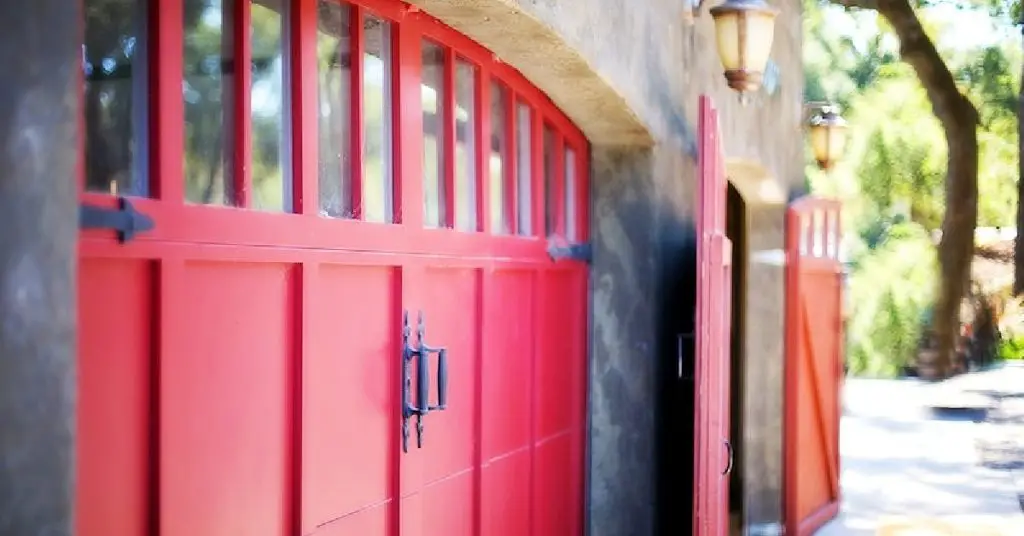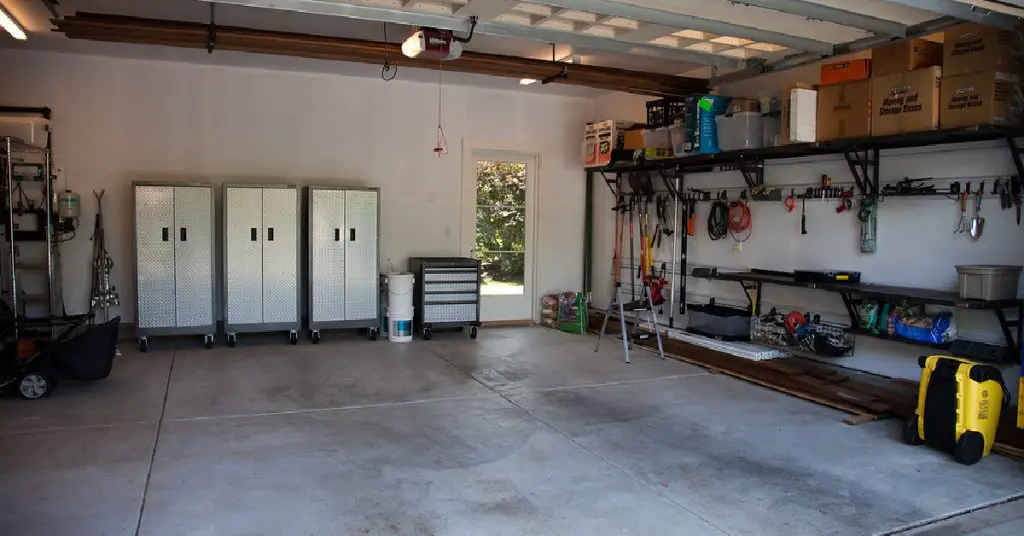This how-to-remove rust oleum garage floor epoxy guide will walk you through the process of removing old epoxy and varnish from your garage floor. If you have recently applied rust oleum garage floor epoxy, chances are you have noticed that it is no longer adhering to the flooring. This is most likely because the epoxy has dried out and created a smooth surface that is not receptive to the adhesion of the varnish. In this guide, we will show you how to remove rust oleum garage floor epoxy.
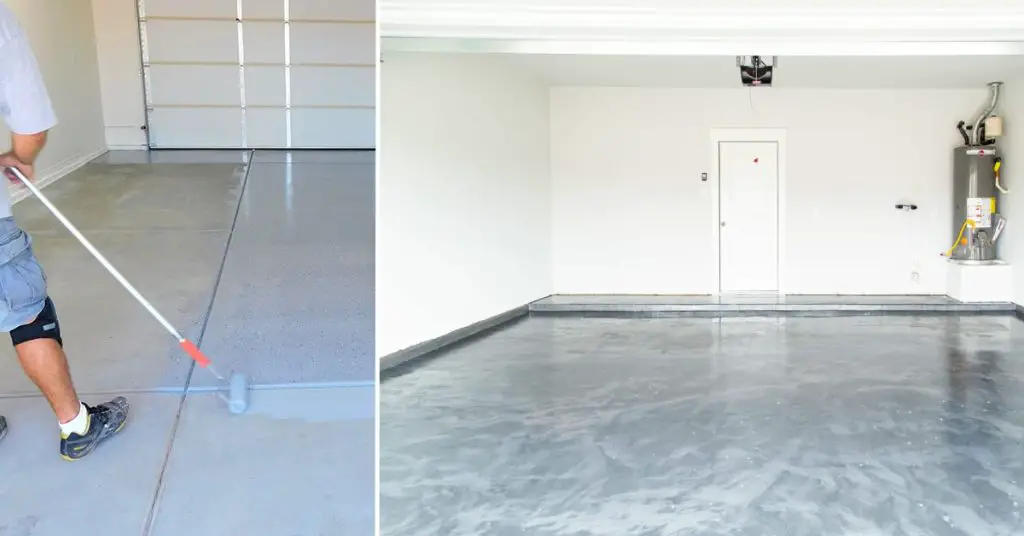
What Is an Epoxy Floor?
An epoxy floor is a type of coating used to protect concrete, wood, tile, stone, brick, and other surfaces. It is applied using a liquid resin mixed with hardeners. Once cured, the floor becomes extremely durable and resistant to scratches, stains, and wear. Epoxy coatings are most commonly used to coat garage floors. Do you need to strip an old floor before applying new epoxy? The answer depends on how much damage has been done to the surface. In most cases, stripping will be necessary.
What is Rust-Oleum?
Rustoleum is a well-known brand of rust-preventative paint. The product was originally developed by a Scottish sea captain, Robert Fergusson. Fish oil prevents rusting in some areas, so he made fish oil-based paint. Fergusson was eventually able to perfect his formula and create the first rust-proof paint. His innovation led to the creation of the Rust-Oleum Corporation. Rust-Oleum is a popular product used to protect concrete, and seal concrete garage floors and other finishes from moisture damage. This product comes in a variety of colors and can be used on both indoor and outdoor surfaces.
What is Rust-Oleum Used For?
Rust-Oleum is a type of paint that is used to finish wood projects. This paint comes in two different forms: a liquid and a spray. The liquid form is used to apply the paint to the wood surface. This form is also used to remove paint. The spray paint is used to:
- A glossy finish and prevents rusting.
- It is also resistant to fading and can be used on metal surfaces.
- Can also be used on metals to prevent rust and corrosion.
- Can transform your old junk into a treasure.
When applying Rust-Oleum, choose a formula that will cover a larger surface area and provide better rust protection.
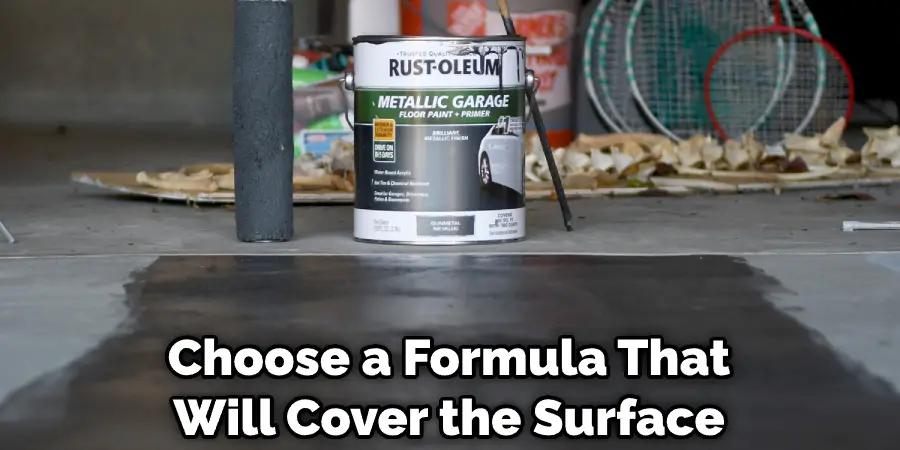
5 Step-By-Step guide to Remove Rust Oleum Garage Floor Epoxy
You have probably seen garage floor epoxies advertised on TV or online. They claim to be able to remove old floors without sanding them down. But do they really work? There are a few steps you can take to remove Rust-Oleum garage floor epoxy.
Step 1: Clean the Surface
Proper surface preparation is essential to achieving a high level of adhesion with your epoxy coating. In order to ensure long-lasting adhesion, it is essential to remove loose debris and any traces of topical contaminants, such as drywall mud, paint, wax, or light stains. To remove these, you can use hot water and a neutral-based cleaner.
Step 2: Determine Epoxy Type
Next, determine what type of epoxy you are dealing with. If it’s a traditional formula, such as Rust-Oleum, you will need to use a degreaser. If the epoxy is a new type, such as the Rust-Oleum Garage Floor Degreaser, you will need to use a cleaner. Use those methods to clean the surface:
Methods for Traditional Epoxy Formulas: Use a Degreaser
If you are dealing with a traditional formula, you will need to use a degreaser. For traditional epoxy formulas, the most common type of degreaser is soap and water. The product contains a mixture of hydrogen and oxygen molecules that react with the paint to dissolve it. Soap and water will remove most of the epoxy coating, but be sure to rinse the area thoroughly to remove all the soap. If you do not follow these instructions, you may leave streak marks or haze on the surface. Moreover, soapy residue can make the floor slippery when wet. This will remove any contaminants that have built up on the surface. These products are available at Ace Hardware and at online retailers.
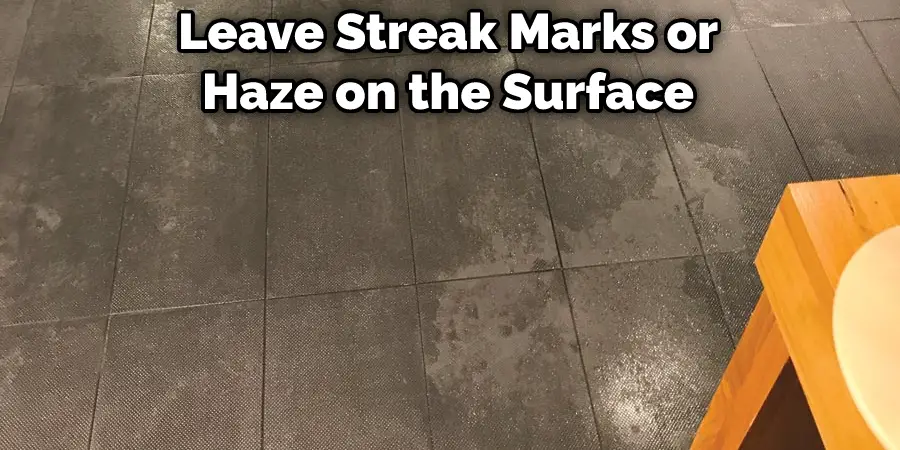
Methods for New Epoxy Formulas: Use a Cleaner
If you are dealing with a new formula, using a cleaner is the best option if the epoxy is a new type. You should also avoid those cleaners that contain acids that will de-gloss your garage floor coating. The most common type of cleaner for new epoxy formulas is a mild scrubbing sponge and a soft deck brush. However, you should avoid using harsh chemicals such as:
Abrasive cleaners
When you have an epoxy garage floor, the most important thing you should do is regularly clean it. You can use a pressure washer to clean the surface. But you should be careful not to strip the epoxy. Avoid using abrasive cleaners that may strip it off.
Acidic cleaners
The best way to remove Rust-Oleum garage floors is to use a neutralizing agent before washing and draining. This will prevent the chemical from discoloring the floor and reducing its performance. You can also use a kitchen scrubbing sponge and a soft deck brush to remove the stains. However, you should avoid using harsh chemicals such as Comet and steel wool as they can damage the epoxy catalyst.
Vinegar
When removing rust stains from an epoxy garage floor, be careful not to use vinegar or other abrasive products. The stains should be scrubbed gently with a soft deck brush. Do not use steel wool or harsh chemicals, as they will damage the epoxy coating. Use a mild, biodegradable scrubbing pad instead. Avoid the use of vinegar, oil, or other chemicals as these will break down the epoxy catalyst.
Citrus cleaners
If you are looking for ways to remove rust from your garage floor, you should avoid using citrus cleaners. This is because citrus cleaners have acids that can damage your epoxy floor coating. Instead, use a mild scrubbing sponge. You can also use coarse salt. But remember to rinse thoroughly afterward.
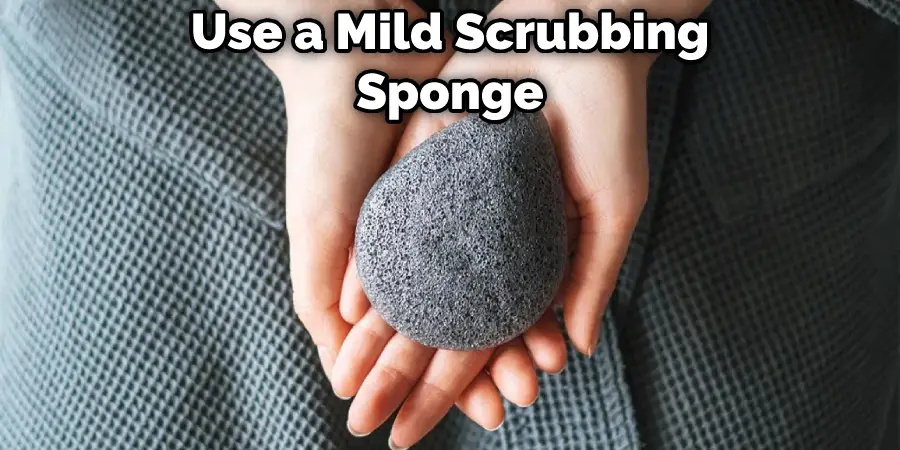
Step 3: Mop the Floor
After that, you have clean the surface. Next, you need to mop the floor thoroughly to remove any excess oils and chemicals. If you have a hardened epoxy floor; using acetone will soften the hardened epoxy, making the removal process easier. Using a plastic scraper, you can then scrape away the hardened epoxy.
Step 4: Use a Solvent
Once you have done this, you can use a solvent that can remove the remaining epoxy coating. It is essential to use the right solvent for the job and dilute it properly. Once you have the right solution, you can apply it to the floor using a mop in swirling motions. If the solvent is not strong enough and the epoxy is too hard to remove, you will need to use stronger solvents. For example, methylene chloride can be used to remove rust while ethylene chloride can be used to remove oil.
Step 5: Apply a Coat of Paint
Lastly, you can apply a coat of paint thinner to the surface. Then, scrub it with a stiff-bristled brush or plastic scraper. You can also use a commercial degreaser or hot water and vinegar solution. By following these steps, you will have a cleaner-looking floor and glossy finish.
You Can Check It Out to Fix Uneven Concrete Garage Floor
How Long Does It Take to Cure an Epoxy Floor? And How Much Time Do I Need to Wait Before Driving Over It?
If you decide to use hardened epoxy, you should wait at least 24 hours before driving over the surface. This will allow the epoxy to cure completely. After curing, you can walk on the floor as normal.
You Can Check It Out to Repair Hairline Cracks in the Concrete Garage Floor
Frequently Asked Questions
Which Type of Epoxy Will Work Best for Me?
There are two main types of epoxy used to repair concrete surfaces. One type is called “hardener-free” and the other is called “hardened.” Hardener-free epoxies are designed to bond with concrete quickly and easily. They are often recommended for small jobs where there isn’t much movement. However, hardener-free epoxy tends to crack when exposed to extreme temperatures or humidity. Hardened epoxies are stronger than hardener-free ones because they contain a chemical compound that helps the material set up. These epoxies are usually recommended for larger projects, especially moving vehicles.
Can I Remove an Epoxy Floor Without Damaging the Subfloor?
There are several ways to remove an epoxy floor without damaging the subfloor. One method involves using a heat gun to soften the epoxy. Once softened, you can scrape off the top layer with a putty knife. Another option is to use a chemical stripper. These products contain chemicals that break down epoxy. However, these chemicals can damage the subfloor. A third option is to use a product called “epoxy remover.” These products contain solvents that dissolve epoxy.
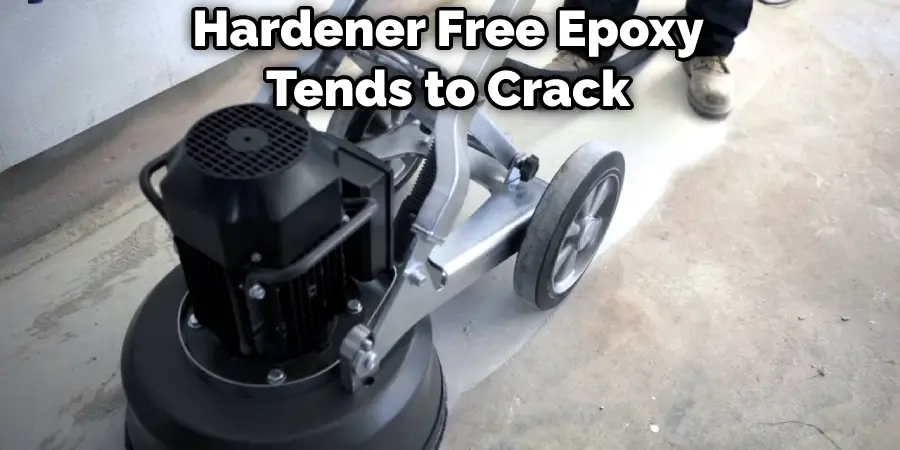
Conclusion
We hope this article has helped you understand how to remove rust oleum garage floor epoxy. If you have any questions regarding rust oleum garage floor epoxy removal, don’t hesitate to reach out to us or comment down below. We would love to hear from you.

